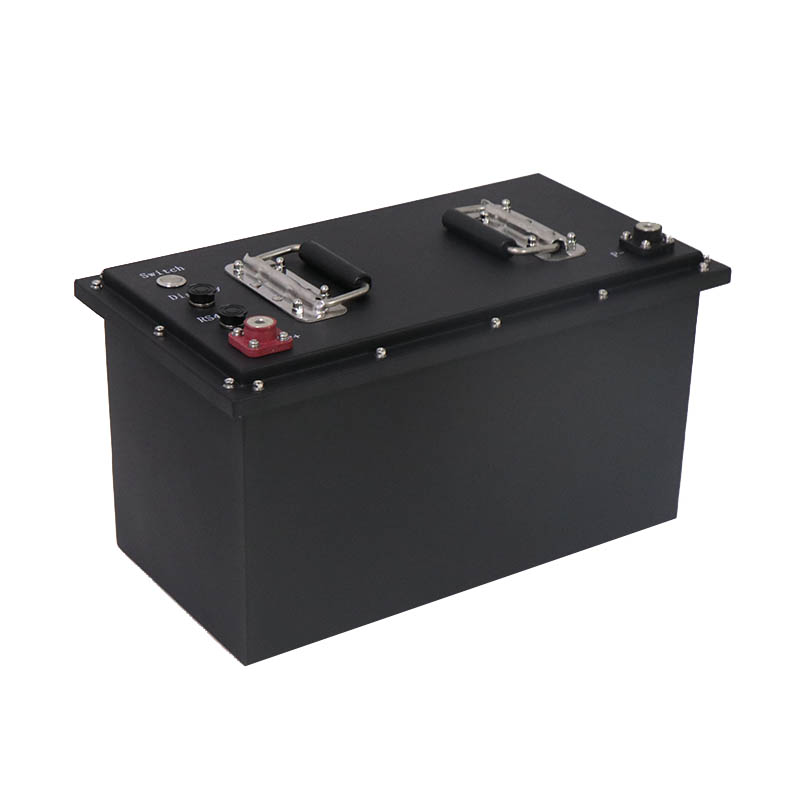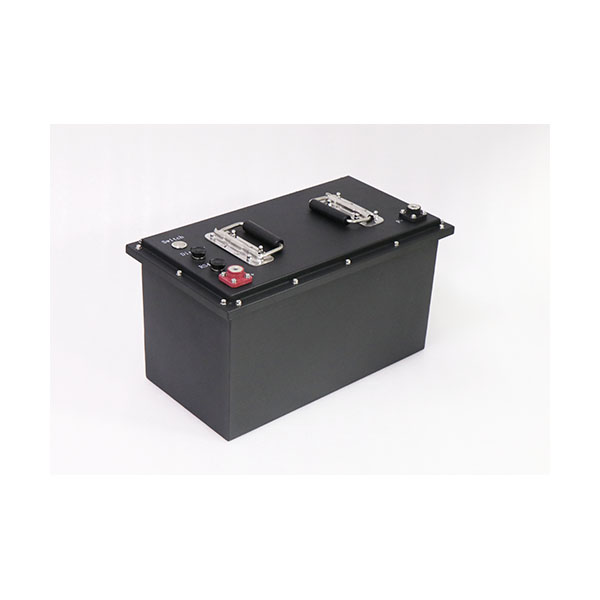Aerial Work Platforms Batteries
Aerial work platforms (AWPs), including scissor lifts, boom lifts, are essential tools in construction, maintenance, and industrial applications. These machines rely on powerful and reliable batteries to lift workers and materials to significant heights safely. In this article, we'll explore the different types of batteries used in aerial work platforms, the advantages of each, and tips for selecting and maintaining the right battery for your equipment.
Types of Batteries for Aerial Work Platforms
- Lead-Acid Batteries
- Overview: Lead-acid batteries are the most commonly used type in AWPs due to their cost-effectiveness and reliability. They are available in different forms, including flooded, AGM (Absorbent Glass Mat), and gel batteries.
- Pros: Affordable, widely available, robust for heavy-duty use.
- Cons: Heavier, require regular maintenance, shorter lifespan.
- AGM (Absorbent Glass Mat) Batteries
- Overview: AGM batteries are a subtype of lead-acid batteries known for being sealed, maintenance-free, and resistant to vibration, making them ideal for use in rugged environments.
- Pros: Maintenance-free, spill-proof, durable.
- Cons: More expensive than flooded lead-acid batteries, heavier than lithium-ion.
- Gel Batteries
- Overview: Gel batteries are another variation of lead-acid batteries that use a gel electrolyte, making them even more stable and less prone to leakage. They are suitable for applications where safety and low maintenance are priorities.
- Pros: Spill-proof, maintenance-free, stable in extreme temperatures.
- Cons: Higher cost, lower energy density compared to lithium-ion batteries.
- Lithium-Ion Batteries
- Overview: Lithium-ion batteries are gaining popularity in aerial work platforms due to their high energy density, lightweight, and long lifespan. They offer excellent performance with fast charging and minimal maintenance.
- Pros: Lightweight, long lifespan, fast charging, maintenance-free.
- Cons: Higher initial cost.
Benefits of Lithium-Ion Batteries for Aerial Work Platforms
- Extended Operation Time
- Overview: Lithium-ion batteries provide longer operational times, allowing AWPs to work longer between charges. This is particularly advantageous on job sites where efficiency is key.
- Quick Charging
- Overview: Lithium-ion batteries charge much faster than lead-acid batteries, reducing downtime and keeping your aerial lifts available for work.
- Lightweight and Compact
- Overview: The lighter weight of lithium-ion batteries makes them ideal for aerial lifts, reducing overall machine weight and improving maneuverability.
- Low Maintenance
- Overview: Unlike lead-acid batteries, lithium-ion batteries require no regular maintenance, such as watering or cleaning, which reduces the overall cost of ownership.
- Eco-Friendly
- Overview: Lithium-ion batteries are more environmentally friendly because they do not contain toxic materials like lead or acid and have a longer lifespan, resulting in less frequent replacements.
Selecting the Right Battery for Your Aerial Work Platform
When choosing a battery for your AWP, consider the following factors:
- Battery Capacity
- Overview: The capacity of the battery, measured in ampere-hours (Ah), determines how long the AWP can operate on a single charge. Higher capacity batteries are preferable for longer or more demanding tasks.
- Compatibility
- Overview: Ensure the battery you select is compatible with your specific AWP model, including voltage, size, and connector type.
- Total Cost of Ownership
- Overview: While lithium-ion batteries may have a higher upfront cost, their long lifespan and minimal maintenance can make them more cost-effective over time. Consider the total cost of ownership in your decision.
- Charging Infrastructure
- Overview: Assess your existing charging infrastructure to ensure it supports the type of battery you choose. Lithium-ion batteries may require specific chargers to optimize their performance and lifespan.
Maintaining Your AWP Battery
Proper maintenance is crucial for extending the life and ensuring the performance of your AWP battery:
- Consistent Charging Practices
- Overview: Avoid deep discharges and charge the battery regularly to maintain its health. Keeping the battery within a moderate charge range can prolong its lifespan.
- Routine Inspections
- Overview: Regularly inspect the battery for signs of wear or damage, such as corrosion, leaks, or swelling. Address issues promptly to prevent further damage or safety hazards.
- Proper Storage
- Overview: Store batteries in a cool, dry environment to prevent damage from extreme temperatures, which can affect performance and longevity.
- Clean Terminals and Connections
- Overview: Keeping the battery terminals and connections clean is essential, especially for lead-acid batteries, to prevent corrosion and ensure optimal power delivery.
Signs It's Time to Replace Your AWP Battery
Even with proper maintenance, batteries will eventually need to be replaced. Watch for these signs:
- Decreased Runtime: A noticeable reduction in operating time may indicate that the battery is losing its capacity.
- Slow Charging: If the battery takes longer than usual to charge, it may be reaching the end of its life.
- Visible Damage: Any physical damage, such as bulging or leaks, signals that the battery needs to be replaced immediately for safety.
Selecting the right battery for your aerial work platform is critical to ensuring safe and efficient operation. While traditional lead-acid batteries are reliable and cost-effective, lithium-ion batteries offer significant advantages in terms of weight, runtime, and maintenance. By understanding your specific needs and following proper maintenance practices, you can maximize the performance and lifespan of your AWP batteries, keeping your equipment running smoothly on the job site.









